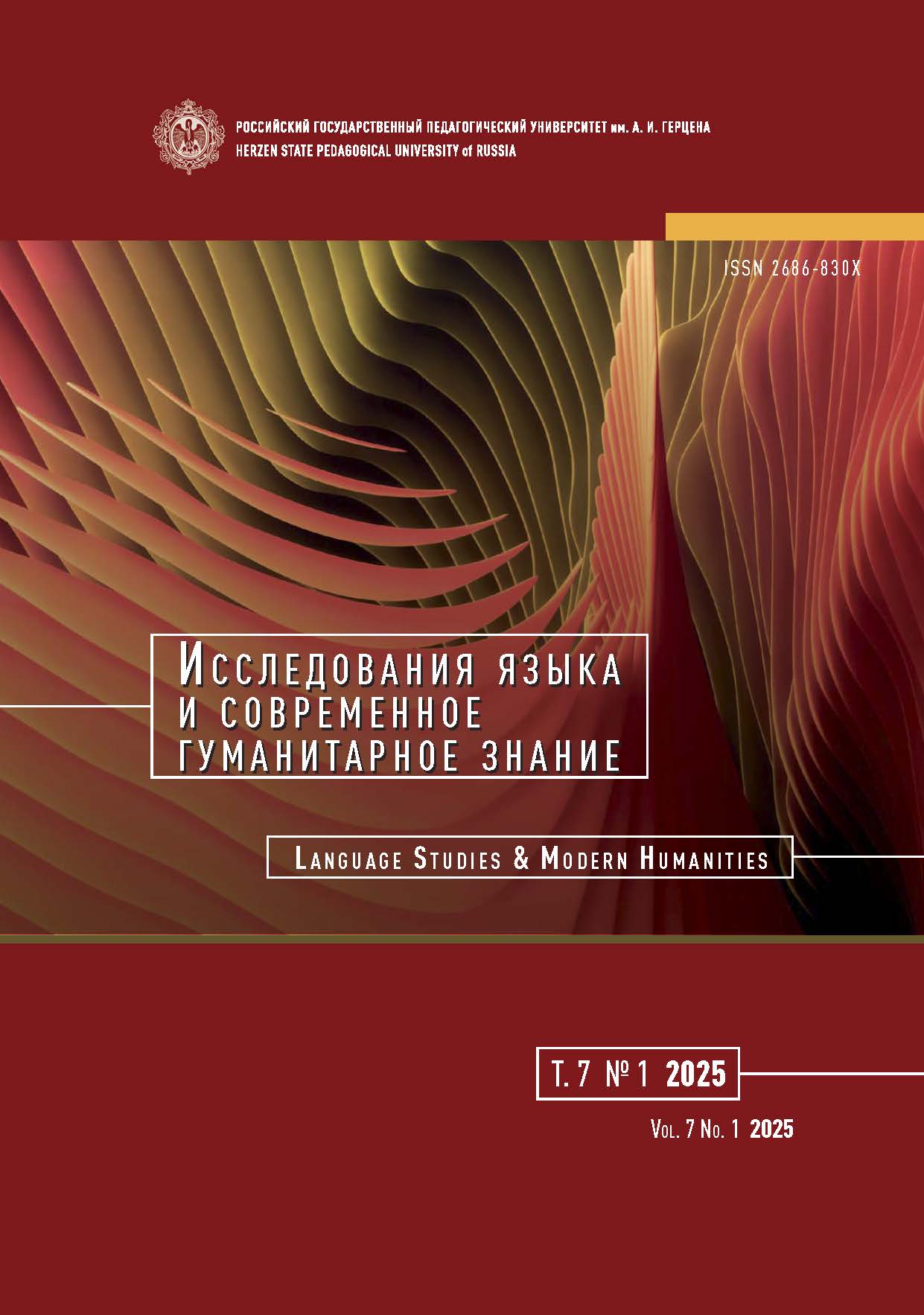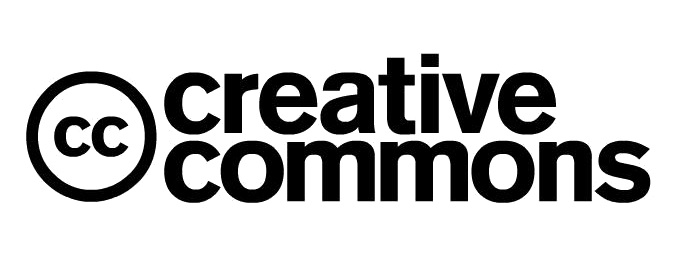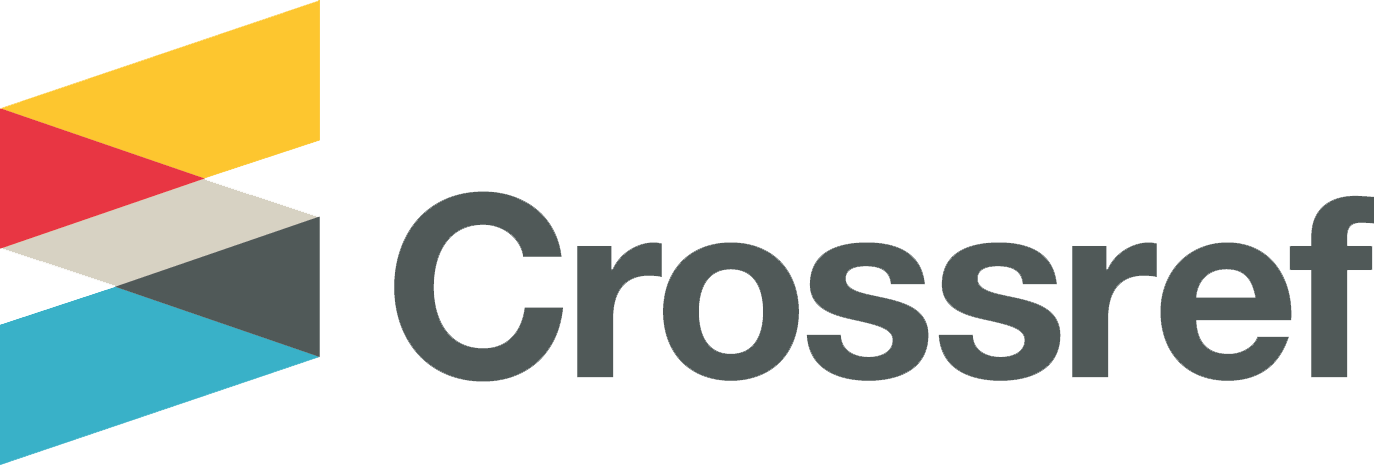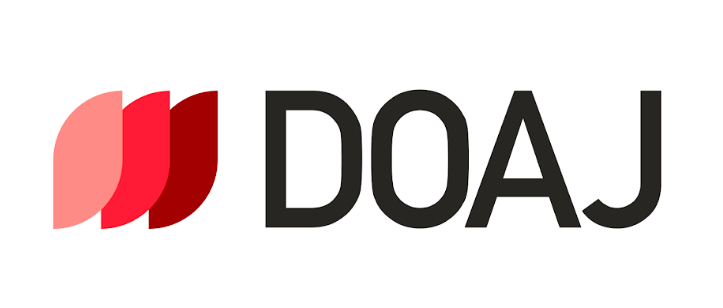Review of art-pedagogical practices in the context of integrative methods of teaching of foreign languages
DOI:
https://doi.org/10.33910/2686-830X-2025-7-1-54-62Keywords:
Art pedagogical practices, integrative learning strategies, art components of a foreign language lesson, emotional intelligence, aesthetic immunity, digital art practices, art-digital tools, applied art, minibookingAbstract
Technologies of integrated teaching of a foreign language using art-pedagogical techniques involve subject-language interaction, interdisciplinary connections and meta-subject (universal) activities. The article presents the analysis and experience of using art-pedagogical and digital practices in foreign language lessons (English and German) as integrative learning strategies, successfully implementing connections between different areas of humanitarian knowledge and art activities. The art style of modern foreign language teaching involves Content and Language Integrated Learning and interaction of various subjects, techniques and approaches world artistic and applied culture in mastering vocabulary, grammar and pronunciation and speech activity. Sometimes a foreign language lesson can be taught in tandem by several teachers (literature, music, technology, theater directing). Art-pedagogical techniques enrich the didactics of teaching foreign languages with new methods, forms and techniques — students master new speech structures and a new discourse of verbal behavior: observation, description, interpretation, inference, literary and artistic and applied creativity. The art-pedagogical lesson content enhances efficiency of foreign language teaching through the acquisition of knowledge and skills by students in practical activities. Now teachers eagerly use modern art-pedagogical techniques and art-digital tools: theatrical and gaming activities, literary, artistic and applied audio/video content, minibooking, origami, digital art design. The integration of educational areas forms the cognitive interest of students, allows for the systematization of knowledge, promotes the development of attention, imagination, memory, thinking, and forms the behavioral, psychomotor, socio-communicative and moral traits of the student’s personality.
References
ИСТОЧНИКИ
Кружки с картинами художников. (2024) Яндекс Маркет. [Электронный ресурс]. URL: https://clck.ru/3DjAaD (дата обращения 06.10.2024).
Марк, Ф. (1911) Der Stier (‘The Bull’). Википедия. [Электронный ресурс]. URL: https://ru.wikipedia.org/wiki/Файл:Marc-bull.jpg (дата обращения 06.10.2024).
Региональный интеллектуальный турнир «Лингвистический марафон» (иностранные языки). (2024). [Электронный ресурс]. URL: https://lingvomarathon.tilda.ws/old_tasks (дата обращения 06.10.2024).
Marc, F. (1912) The Tiger. FranzMarc.org. [Online]. Available at: https://www.franzmarc.org/Tiger.jsp (accessed 06.10.2024).
Vermeer, J. (1665) Girl with a Pearl Earring. Wikipedia. [Online]. Available at: https://en.wikipedia.org/wiki/Girl_with_a_Pearl_Earring#cite_note-mhen-1 (accessed 06.10.2024).
Webber, P. (2003) Girl with a Pearl Earring. Watchseries. [Online]. Available at: https://ww5.watchseriesfree.co/movie/girl-with-a-pearl-earring-13126/ (accessed 06.10.2024).
ЛИТЕРАТУРА
Ефимова, О. Г. (2023) Особенности становления современной цифровой экосреды лингвистического образования. Иностранные языки в школе, № 1, с. 90–96.
Копытин, А. И. (2020) Воспитательно-социализирующие технологии на основе арт-терапии и арт-педагогики. СПб.: СПб АППО, 58 с.
Лебедев, П. А. (ред.). (2001) Каптерев. М.: ИД Шалвы Амонашвили, 224 c.
Мартенс, К. К. (1971) Немецкая литература от средневековья до Гете и Шиллера. 2-е изд. М.: Просвещение, 318 с.
Никитина, Л. К. (2024) Deutsch attraktiv. Увлекательный немецкий. Сборник аутентичных текстов с заданиями для учащихся 5–7 классов. СПб.: Знание, 120 с.
Перминова, Л. М. (2021) Дидактические основы конструирования интегрированного урока. Педагогика, т. 85, № 5, с.17–27.
Сысоев, П. В., Завьялов, В. В. (2021) Методические принципы предметно-языкового интегрированного обучения. Иностранные языки в школе, № 5, с. 30–39.
McCloskey, M. L., Thornton, B. (2002) A Dozen Stories and Fables for Teacher Development. The Forum, vol. 40, no. 4, pp.10–17.
Padagogische Hochschule FHNW. Institut Weiterbildung und Beratung Beratungsstelle fur digitale Medien in Schule und Unterricht. (2024) [Online]. Available at: https://www.minibooks.ch (accessed 06.10.2024).
SOURCES
Kruzhki s kartinami khudozhnikov [Mugs with paintings by artists]. (2024) Yandex Market. [Online] Available at: https://clck.ru/3DjAaD (accessed 06.10.2024). (In Russian)
Marc, F. (1911) Der Stier (‘The Bull’). Wikipedia. [Online]. Available at: https://ru.wikipedia.org/wiki/Файл:Marcbull.jpg (accessed 06.10.2024). (In Russian)
Marc, F. (1912) The Tiger. FranzMarc.org. [Online]. Available at: https://www.franzmarc.org/Tiger.jsp (accessed 06.10.2024). (In English)
Regional’nyj intellektualnyj turnir “Lingvisticheskij marafon” (inostrannye yazyki) [Regional intellectual tournament “Linguistic Marathon” (foreign languages)]. (2024) [Online]. Available at: https://lingvomarathon.tilda.ws/old_tasks (accessed 06.10.2024). (In Russian)
Vermeer, J. (1665) Girl with a Pearl Earring. Wikipedia. [Online]. Available at: https://en.wikipedia.org/wiki/Girl_with_a_Pearl_Earring#cite_note-mhen-1 (accessed 06.10.2024). (In English)
Webber, P. (2003) Girl with a Pearl Earring. Watchseries. [Online]. Available at: https://ww5.watchseriesfree.co/movie/girl-with-a-pearl-earring-13126/ (accessed 06.10.2024). (In English)
REFERENCES
Efimova, O. G. (2023) Osobennosti stanovleniya sovremennoj tsifrovoj ekosredy lingvisticheskogo obrazovaniya [Features of the modern digital eco-environment in the linguistic education]. Inostrannye yazyki v shkole — Foreign Languages at School, no. 1, pp. 90–96. (In Russian)
Kopytin, A. I. (2020) Vospitatel’no-sotsializiruyushchie tekhnologii na osnove art-terapii i art-pedagogiki [Educational and socializing technologies based on art therapy and art pedagogy]. Saint Petersburg: St. Petersburg Academy for Postgratuate Pedagogical Education named after K. D. Ushinsky Publ., 58 p. (In Russian)
Lebedev, P. A. (ed.). (2001) Kapterev. Moscow: Shalvy Amonashvili Publ., 224 p. (In Russian)
Martens, K. K. (1971) Nemetskaya literatura ot srednevekov’ya do Gete i Shillera [German Literature from the Middle Ages to Goethe and Schiller]. 2nd ed. Moscow: Prosveshchenie Publ., 318 p. (In Russian)
McCloskey, M. L., Thornton, B. (2002) A Dozen Stories and Fables for Teacher Development. The Forum, vol. 40, no. 4, pp.10-17. (In English)
Nikitina, L. K (2024) Deutsch attraktiv. Uvlekatel’nyj nemetskij. Sbornik autentichnykh tekstov s zadaniyami dlya uchashchihsya 5–7 klassov [Deutsch attraktiv. A collection of authentic texts with tasks for students in grades 5–7]. Saint Petersburg: Znanie Publ., 120 p. (In Russian)
Padagogische Hochschule FHNW. Institut Weiterbildung und Beratung. Beratungsstelle fur digitale Medien in Schule und Unterricht [University of Teacher Education FHNW. Institute for Further Education and Consulting Advice center for digital media in schools and teaching]. (2024) [Online]. Available at: https://www.minibooks.ch/ (accessed 06.10.2024). (In German)
Perminova, L. M. (2021) Didakticheskie osnovy konstruirovaniya integrirovannogo uroka [Didactic foundation for designing an integrated lesson]. Pedagogika, vol. 85, no. 5, pp.17–27. (In Russian)
Sysoev, P. V., Zavyalov, V. V. (2021) Metodicheskie printsipy predmetno-yazykovogo integrirovannogo obucheniya [Methodological principles of subject-language integrated learning]. Inostrannye yazyki v shkole — Foreign Languages at School, no. 5, pp. 30–39. (In Russian)
Downloads
Published
Issue
Section
License
Copyright (c) 2025 Larisa K. Nikitina

This work is licensed under a Creative Commons Attribution-NonCommercial 4.0 International License.
The work is provided under the terms of the Public Offer and of Creative Commons public license Creative Commons Attribution 4.0 International (CC BY 4.0).
This license permits an unlimited number of users to copy and redistribute the material in any medium or format, and to remix, transform, and build upon the material for any purpose, including commercial use.
This license retains copyright for the authors but allows others to freely distribute, use, and adapt the work, on the mandatory condition that appropriate credit is given. Users must provide a correct link to the original publication in our journal, cite the authors' names, and indicate if any changes were made.
Copyright remains with the authors. The CC BY 4.0 license does not transfer rights to third parties but rather grants users prior permission for use, provided the attribution condition is met. Any use of the work will be governed by the terms of this license.







